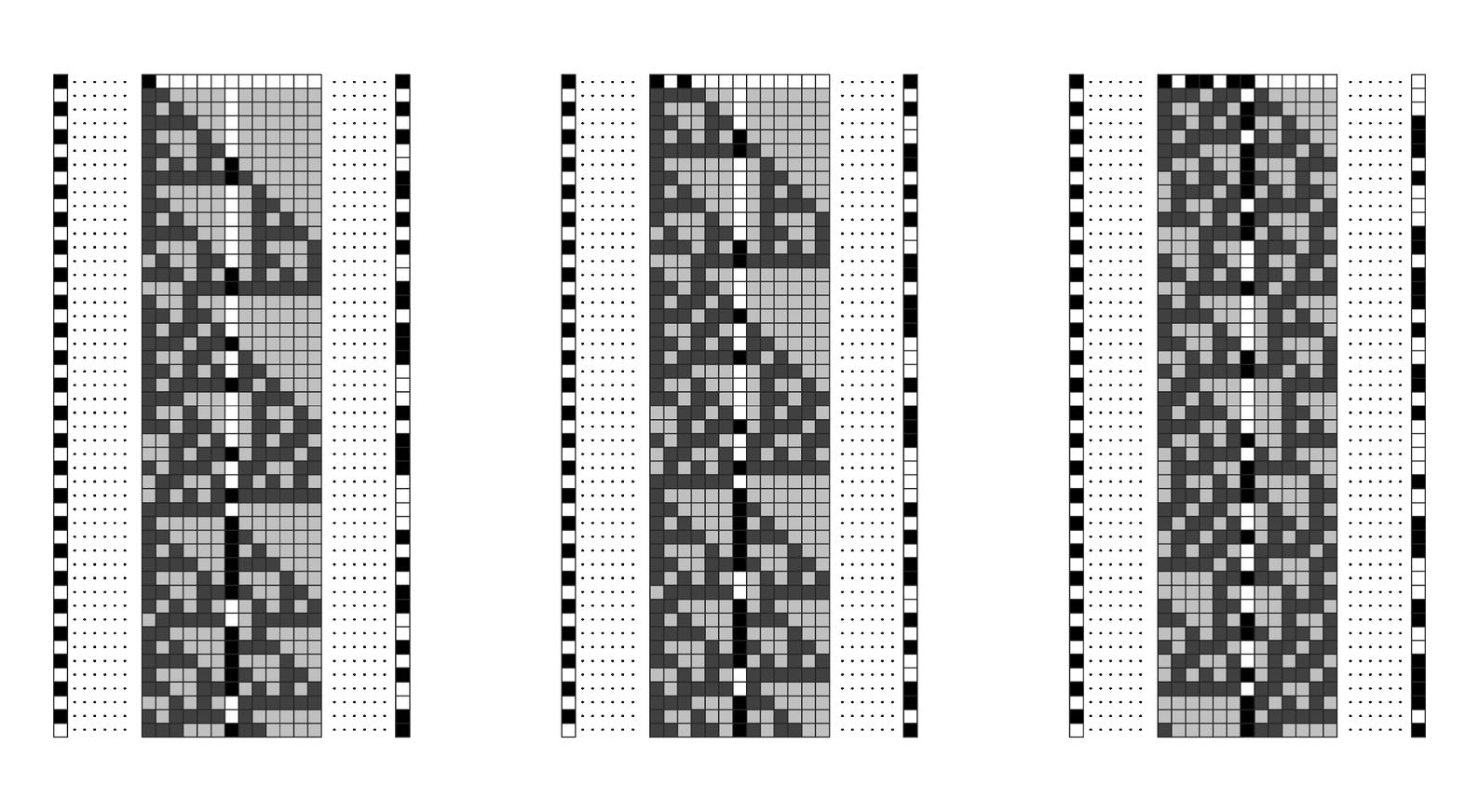and from the key the whole of the rest of the encrypting sequence can immediately be generated.
So what kind of analysis is needed to find a segment of the encrypting sequence? In an extreme but in practice common case one might happen to know what certain parts of the original message were—perhaps standardized greetings or some such—and by comparing the original and encrypted forms of these parts one can immediately deduce what the corresponding parts of the encrypting sequence must have been.
And even if all one knows is that the original message was in some definite language this is still typically good enough. For it means that there will be certain blocks—say corresponding to words like "the" in English—that occur much more often than others in the original message. And since such blocks must be encrypted in the same way whenever they occur at the same point in the repetition period of the encrypting sequence they will lead to occasional repeats in the encrypted message—with the spacing of such repeats always being some multiple of the repetition period. So this means that just by looking at the distribution of spacings between repeats one can expect to determine the repetition period of the encrypting sequence.
And once this is known, it is usually fairly straightforward to find the actual key. For one can pick out of the encrypted message all the squares that occur at a certain point in the repetition period of the

A simple example of an encryption system in which the encrypting sequence is obtained by repetitively cycling through the elements of the key. Encryption with two different keys is shown. In each case the original message is on the left, the encrypted message is on the right, and the encrypting sequence corresponds to the highlighted column of cells. The system is essentially a Vigenère cipher of the kind widely used between the 1500s and the early 1900s.